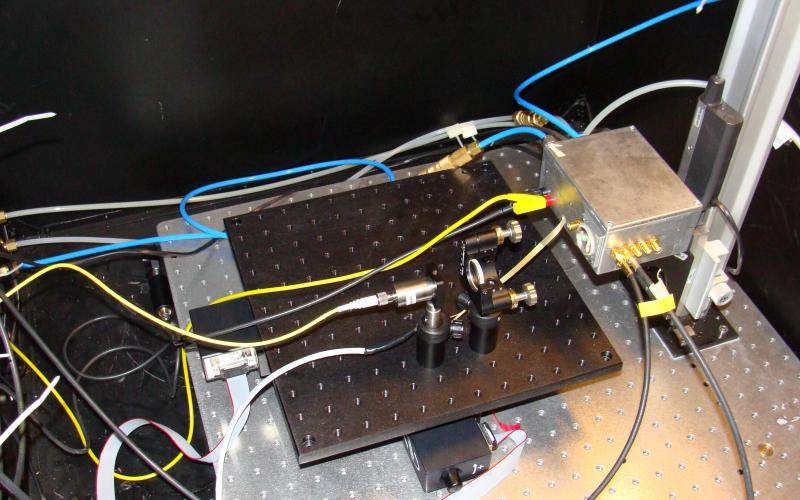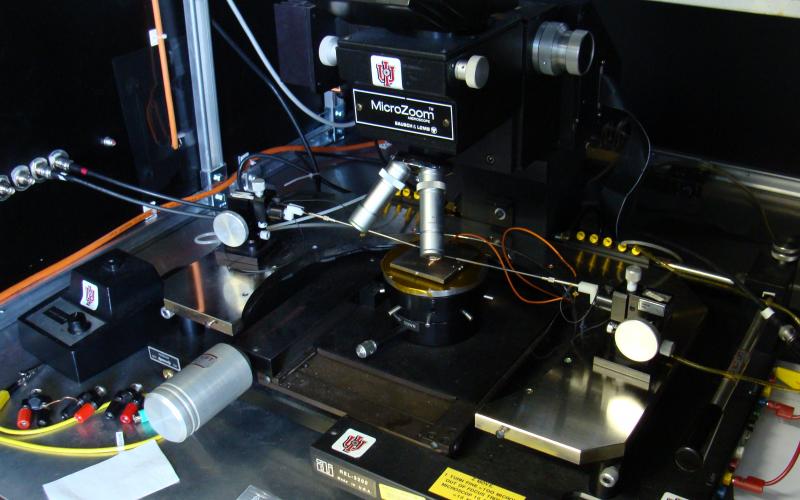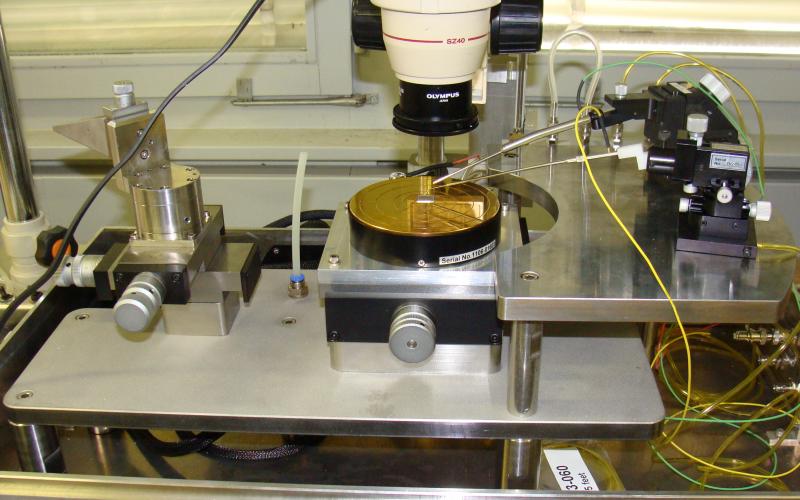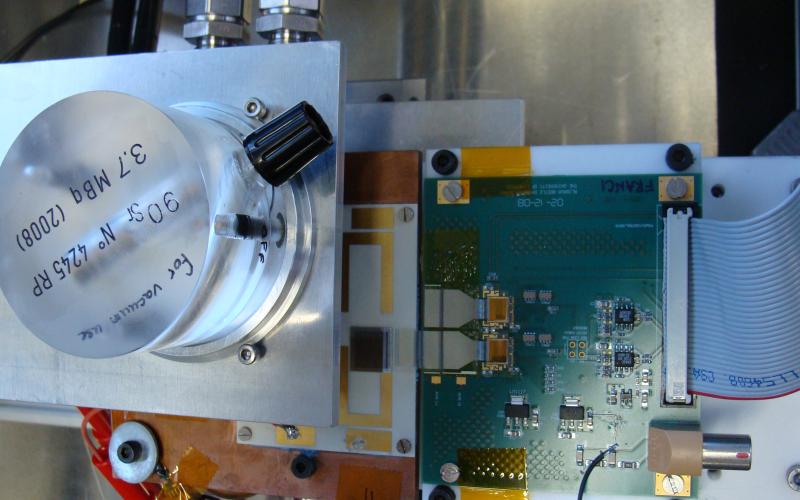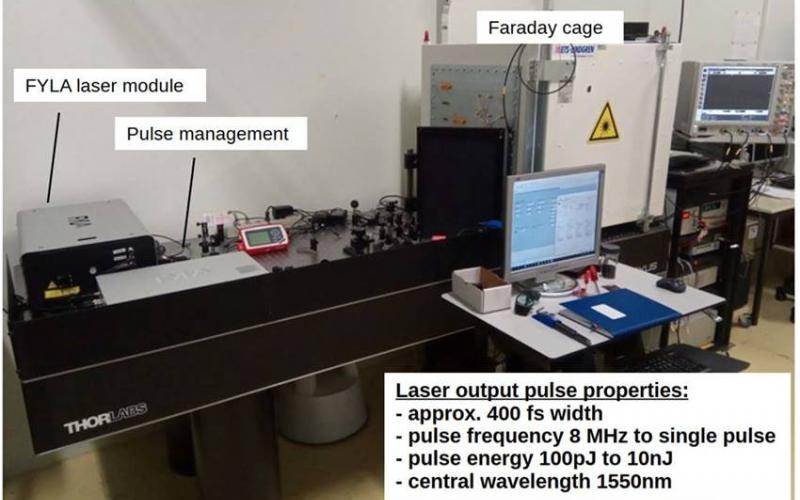Contact person: Michael Moll
The Solid State Detector (SSD) team is developing radiation tolerant silicon sensors in the framework of the RD50 collaboration and the CMS Phase II Tracker upgrade group. Within the RD50 collaboration (47 institutions, 260 members) the SSD team is participating in several research projects aiming to develop radiation tolerant silicon sensors for the vertex and tracking detectors for the luminosity upgrade of LHC. Furthermore, the team is significantly contributing to the steering and administration of the collaboration by providing a co-spokespersons, administrative support and the management of several RD50 common projects. Within the CMS collaboration, the team is contributing to the development and characterization campaign of the tracker phase II sensors.The team holds profound expertise in all issues related to radiation damage in semiconductor devices and in particular on experimental techniques to characterize radiation damaged devices using radioactive sources and pulsed lasers.


